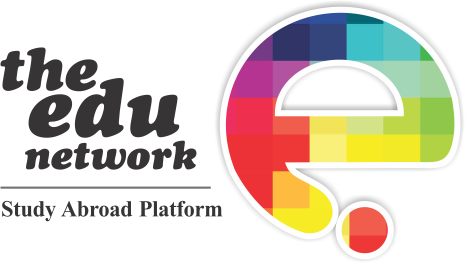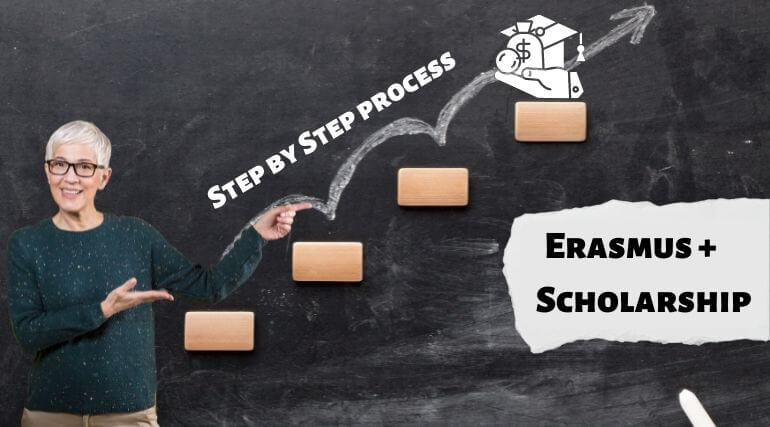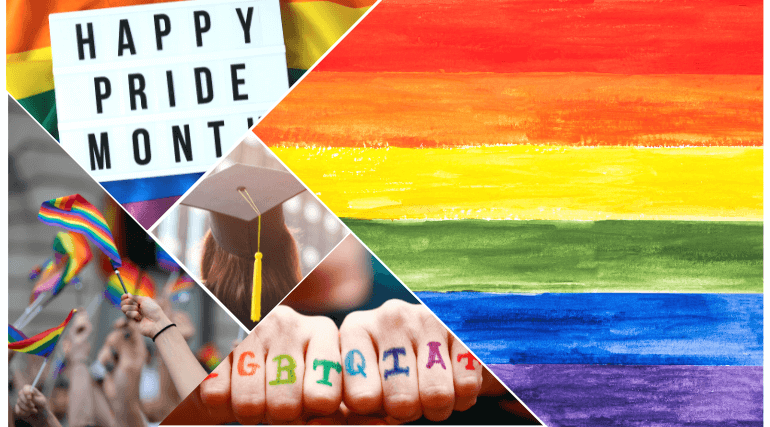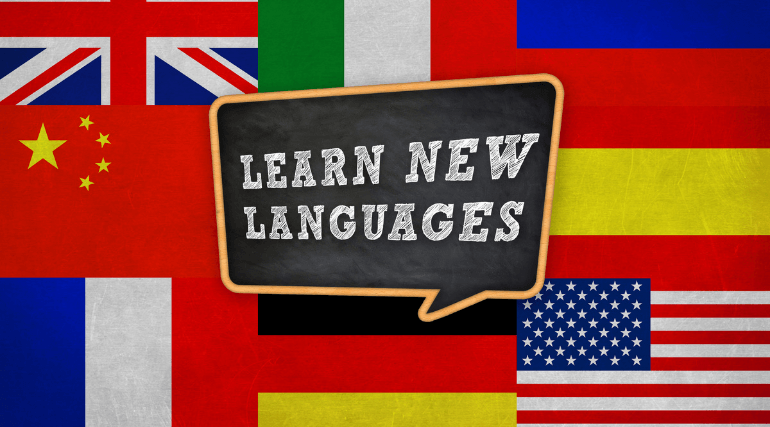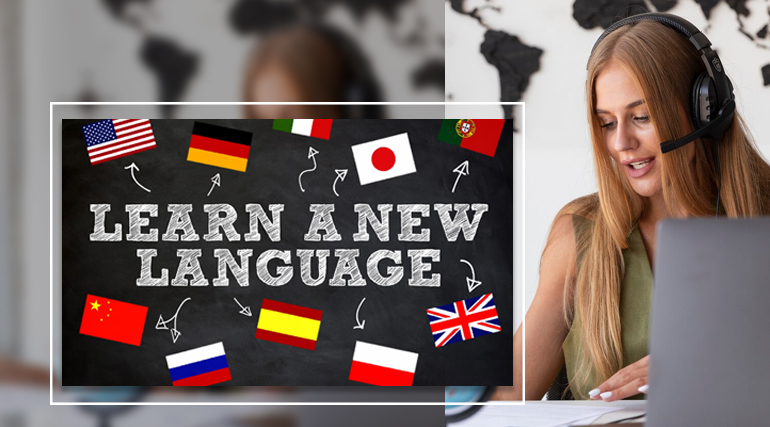Your Step By Step Guide For Erasmus Scholarship
In our previous blog, you’ve read in detail about the Erasmus Mundus Scholarship!
An Erasmus Mundus Joint Master Degree (EMJMD), is a prestigious, integrated, international study program, jointly delivered by an international group of higher education institutions.
The main goal is to improve the standard of higher education in Europe through a higher education collaboration and mobility initiative. Additionally, it attempts to promote the European Union as a leader in education and cross-cultural communication with non-EU nations. With this in mind, you may move on with your application in a more structured manner.
Let us journey you through the application process and clear all your doubts about ‘how am I going to apply’, ‘it’s all so confusing’, etc.
Step 1: Peruse their website to find the available Erasmus Mundus courses.
The "EMJMD Catalogue" is a pretty long list that you'll see. This lists all of the current Erasmus Mundus programme opportunities for which you can submit an application.
When you submit your application for an Erasmus Mundus scholarship, you're essentially requesting both admissions to the master's programme and the scholarship. No more applications are needed. Through the course website, you submit your application.
Step 2: For more information on program objectives and structure, go to the individual course websites of the programs.
On the right-most column of the table, in the blue "Website" label, you'll find a link to each course's respective website. See how the programme fits you by visiting the websites of your top options.
Is it even vaguely relevant to your background, hobbies, and professional experience? You may find out which colleges are a part of the consortium on the programme description page if you're also interested in living in a certain city or nation.
It's also important to keep in mind that because the European Commission only funds Erasmus Mundus master's programmes for five years, they frequently come and go. They can only be prolonged for a further five years after evaluation. So don't be shocked if you notice several courses disappearing within a year.
Step 3: The next step is to cross-verify your eligibility.
You have thus focused on programmes that are consistent with your own objectives and career aspirations. Checking their qualifying conditions should be your next step.
You should keep an eye out for the following data, among others:
- Are they interested in recruiting students from all backgrounds, or do they exclusively accept graduates of specific bachelor's programmes?
- Are there any particular technical skills needed for them?
- Do they have any language requirements?
- At this time, you'll also need to be aware of your Erasmus Mundus category, as both the value and likelihood of your scholarship will be impacted by it.
They fall into two categories:
- Candidates from programmed countries
- Applicants from partner countries.
Find the curated list here.
At least 75% of scholarships must be given to candidates from Partner Countries in accordance with Erasmus+ regulations. Due to greater installation and travel expenses, students from Partner Countries also often earn a larger monthly stipend.
Briefly stated, candidates from Programme Countries may be nationals or passport holders of:
- EU countries
- Former Yugoslav Republic of Macedonia
- Iceland
- Liechtenstein
- Norway, and
- Turkey
Applicants from Partner Countries are those who are citizens of a nation not listed above.
You may submit an application if you're a resident of one of the Partner Countries and:
- You haven't lived in an EU nation for 12 months in a row in the previous five years, and
- Prior to applying, you had not been awarded an Erasmus Mundus scholarship.
In general, the majority of Erasmus Mundus programmes welcome foreign students from nearly every country with few to no age limits, but it's always a good idea to double-check.
Step 4: Limit your options to three (the maximum number of applications allowed for Erasmus Mundus).
For your application, pick no more than three Erasmus Mundus programmes. Do not forget that if you submit more than three applications within any given round of submissions, your application will be rejected.
Step 5: Create a documentation checklist for each programme.
Once you've determined that you're qualified, look over the list of necessary paperwork. To assist you in keeping track of your responsibilities and the papers you must submit, we have created a free checklist.
The following is often included in the necessary documents:
- the passport page with your biometric data
- transcript of your bachelor's degree records
- a certified authentic copy of your diploma, evidence of your ability in English (IELTS or TOEFL) (see our guide on how to fulfill the language criteria of the course you're applying to), and documentation of your academic standing.
- a letter of motivation
- two letters of recommendation from teachers or colleagues
- CV
- They can also ask you to write an article on a similar subject.
Make sure you get all of your paperwork translated into English or any other language the organizers want. You must make adequate plans because this may need time and finances.
Step 6: Become familiar with the online application platform to ensure you have all the required information and documentation.
As previously stated, an ONLINE APPLICATION is required for Erasmus Mundus applications. The website for the programme contains the platform for uploading applications. Some of them, meanwhile, might want you to submit a postal application in addition to your online application.
You are not yet required to complete the online application form. Just familiarise yourself with the procedure and the sort of data that will be expected of you so that you can prepare.
Step 7: Put a day on your calendar, gather the necessary paperwork, and submit your application!
Once you've determined which programmes (a maximum of three) you'll apply to, choose your time frame. It's a good idea to visit their websites as early as you can to give yourself plenty of time to acquire the papers. The call for applications typically opens in November and closes in December. We would argue that planning may begin as early as June.
If you have to provide proof of your English language ability, you should also start planning early. Make sure the programme you want to apply to will accept these proofs by researching the application processes for the IELTS or TOEFL examinations. Some Erasmus Mundus solely accept IELTS Academic Test scores, but others additionally accept scores from the TOEFL and Cambridge exams.
If your bachelor's degree was in English, you may also send the programme directors an email and ask if you might submit a "Proof of English as a Language of Instruction." We're certain that in this situation, requesting and receiving it from your institution will take less time.
It will be simpler for you to stay organized if you have a visual roadmap of the tasks and dates associated with your scholarship application.
What to expect after your application and long wait?
You'll hear back from them during the months of February and March after they've reviewed your application. One of the following will apply to you:
- Accepted to the programme's main list (with a scholarship offer)
- Accepted to the programme's waitlist (initially without a scholarship offer, but with a chance of getting the scholarship if someone backs out)
- Accepted without a scholarship ( which indicates you are qualified to attend the programme but are placed too low on the waitlist to receive financial aid)
- Rejected (You are not qualified to participate in the programme or be awarded a scholarship.)
Never give up if you are rejected in the future. We are aware of certain applicants who were first turned down but ultimately made it into the main list. Consider it a mental workout and a chance to sharpen your writing and self-promotional abilities.
